全站搜索
Search the entire website
Search the entire website
Limestone, widely used as aggregates material in the quarry industry, holds significant importance in cement, GCC, and other industries.
Given its moderate softness, limestone crushing plants primarily consist of jaw crushers, impact crushers, sand making machines, vibrating screens, and more. Typically, the capacity of limestone crushing plants ranges from 50 to 1500 tons per hour.
ZONEDING MACHINE. ZONEDING makes machines for processing minerals. ZONEDING builds limestone grinding production lines. These lines take raw limestone rock. They turn it into fine powder. This powder is used in many industries. You might use it for making cement. You might use it for cleaning power plant smoke. You might use it as a filler in paper or plastic. Making high-quality limestone powder is not simple. It needs the right machines. It needs the right process. ZONEDING will explain how to get the quality you need.
Here are very common limestone grinding plants for reference. They have been proven by practice. And they have the advantages as follows:
Limestone powder is not just one product. It is many products. What you use it for decides how fine it needs to be. Making the powder fine is called grinding or milling. The fineness is measured in microns or mesh size. Different industries need different fineness levels. This is very important. It is the main thing that guides how we design your grinding line.
For making cement, limestone is a main ingredient for the raw mix. It does not need to be super fine. It is ground with other materials before going into the kiln. So, the limestone grinding in this case might produce a medium-fine product. When limestone powder is used for cleaning smoke in power plants (this is called flue gas desulfurization or FGD), it needs to be finer. It must react well with sulfur dioxide in the smoke. A finer powder has more surface area. More surface area means better reaction. For filler in paper, plastics, or paint, the fineness must be precise. It affects the product’s brightness, strength, and smoothness. Some special applications need super fine powder. This might be below 10 microns. This is called ultra-fine grinding. Making this super fine powder needs special grinding machines and special ways to sort the powder. So, you must know exactly how fine your powder needs to be for your specific use. This is the starting point for designing your limestone grinding production line.
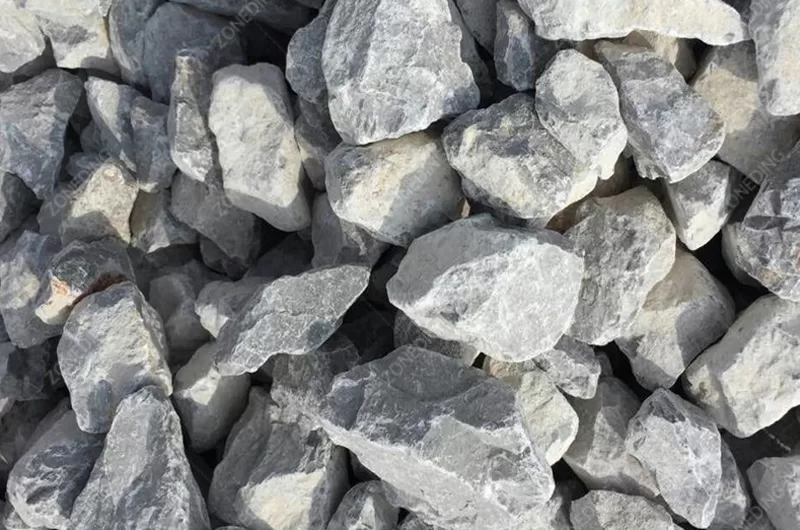
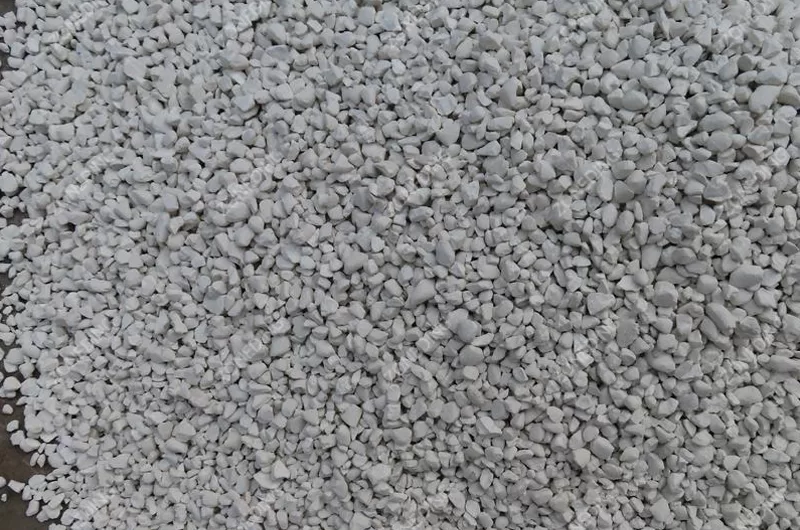
Choosing the right machine to grind the limestone is a key decision. There are different types of grinding mills. Each type works differently. Each type is better for certain jobs or fineness levels. The common choices for limestone include Ball Mills, Vertical Roller Mills (VRMs), and Raymond Mills.
A Ball Mill is a large cylinder that turns. It contains steel balls. As the cylinder turns, the balls fall and crush the limestone. Ball mills are very versatile. They can handle different feed sizes. They can produce a wide range of fineness. They are reliable and robust. But they use a lot of energy. They also can produce a wider range of particle sizes. A Vertical Roller Mill (VRM) grinds material between rollers and a rotating table. VRMs are more energy-efficient than ball mills for similar fineness levels. They can also dry the material while grinding it. This is useful if your limestone has moisture. VRMs are often used for making cement raw mix and fine powders for applications like FGD. A Raymond Mill uses rollers that swing inside a grinding ring. It is often used for medium fineness powders. It is simpler than a VRM. It is less common for very fine or very coarse grinding of limestone.
The best choice for you depends on your target fineness, required capacity (how much powder you need per hour), the moisture content of your limestone, and your budget for energy. For general medium fineness, a Ball Mill or Raymond Mill might work. For fine or ultra-fine powder, or if you need to dry the material, a VRM is often a better choice.
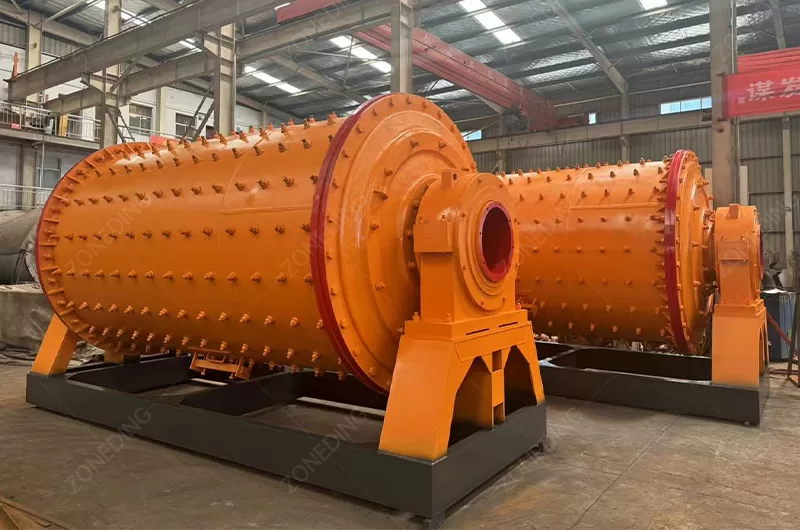
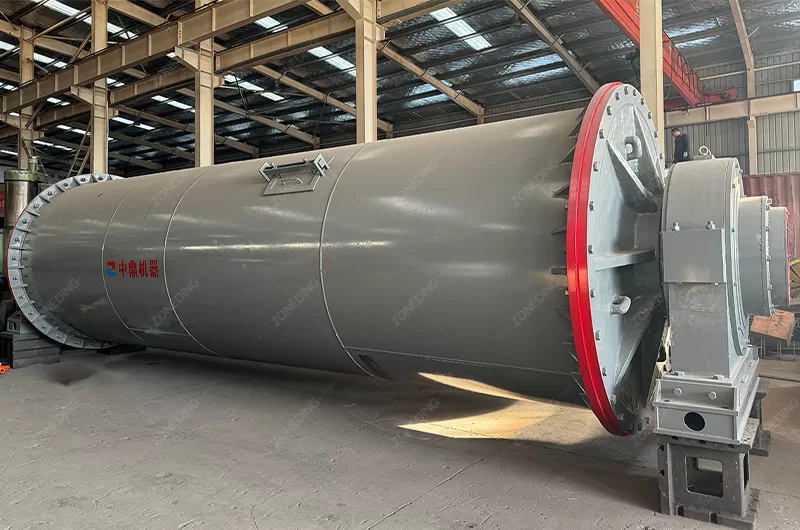
| Mill Type | How it Works | Typical Fineness | Energy Use | Can Dry? | Best For… |
|---|---|---|---|---|---|
| Ball Mill | Turning cylinder with balls | Wide Range (medium to fine) | High | No | Versatility, high capacity, reliable |
| Vertical Roller Mill (VRM) | Rollers on a rotating table | Fine to Ultra-Fine | Medium | Yes | Energy efficiency, drying, fine powder, large scale |
| Raymond Mill | Swinging rollers inside ring | Medium-Fine | Medium | No | Simplicity, medium capacity |
Making limestone powder with the exact fineness you need is critical. Different industries have very specific requirements. It is not enough just to grind the rock. You must also sort the ground material by size. This sorting is called classification. It is usually done with a machine called a classifier or air separator.
A typical limestone grinding production line works in a closed circuit. The limestone goes into the grinding mill (Ball Mill or VRM). The mill grinds the material. Then, this ground material is sent to a classifier. The classifier uses air or centrifugal force to separate the fine particles from the coarser particles. The fine particles (the product you want) are carried away and collected. The coarser particles (that are still too big) are sent back to the grinding mill for more grinding. This loop ensures that only material that meets the target fineness leaves the system as finished product. You can adjust the classifier settings. This changes the cutoff size. This means you can control how fine your final powder is. For very fine powders, you need a high-efficiency classifier (High-Efficiency-Concentrator). It can make very sharp separations. This precise control over particle size is how you meet the tough standards of industries like FGD or filler production. It ensures your product is consistent batch after batch.
A complete limestone grinding production line involves more than just a grinding mill. It is a system of interconnected machines. These machines work together to process the raw rock into finished powder. Understanding all the main parts helps you see how the whole plant works.
First, you need to break the large limestone rocks from the mine. This is done by a primary crusher, usually a Jaw Crusher. The jaw crusher makes the rock much smaller, small enough for the grinding mill feed. Next, feeders (Vibration Feeder) move the crushed rock from storage to the grinding mill at a steady rate. This steady flow helps the grinding mill work efficiently. The grinding mill (Ball Mill or VRM) grinds the rock into powder. After the mill, a conveying system moves the powder to the classifier. As discussed before, the classifier (High Efficiency Concentrator) sorts the powder by size. The fine product is collected. This is usually done using cyclones and dust collectors (like bag filters). Dust collectors are also important for keeping the air clean in the plant. Conveyors (Vibration Feeder for feeding, belt conveyors for transport) move material between all these machines. Finally, the finished limestone powder is stored in silos. Then it is ready for packaging or transport. All these machines must be the right size and capacity. They must work smoothly together. This is called optimizing the configuration. A well-configured plant runs efficiently.
Running a limestone grinding production line costs money. The initial cost to buy the machines is one part. But the costs to run the plant every day are also very important. Two big costs are energy and wear parts. Grinding rock uses a lot of electricity. It takes much energy to break rock into fine powder. Machines that use less energy cost less to run. Vertical Roller Mills (VRMs) often use less energy than older types of ball mills for the same job.
Crushing and grinding rock also wears out the parts that touch the rock. These are called wear parts. In a grinding mill (Ball Mill), these include the liners inside the mill or the rollers and table in a VRM. In a classifier (High-Efficiency-Concentrator), the parts that handle the powder can wear. Even conveyors and feeders have wear parts. How fast these parts wear out depends on your specific limestone. Some limestone is more abrasive than others. Wear parts cost money to replace. They also take time to change. When you change wear parts, the plant stops running. This lost production time costs you money. To save money, choose machines built with strong, wear-resistant materials. Choose machines designed so wear parts are easy and fast to change. This reduces downtime. Regular maintenance is also key. Taking good care of the machines helps them last longer. It prevents unexpected breakdowns. Look at the total cost over the life of the plant, not just the buying price.
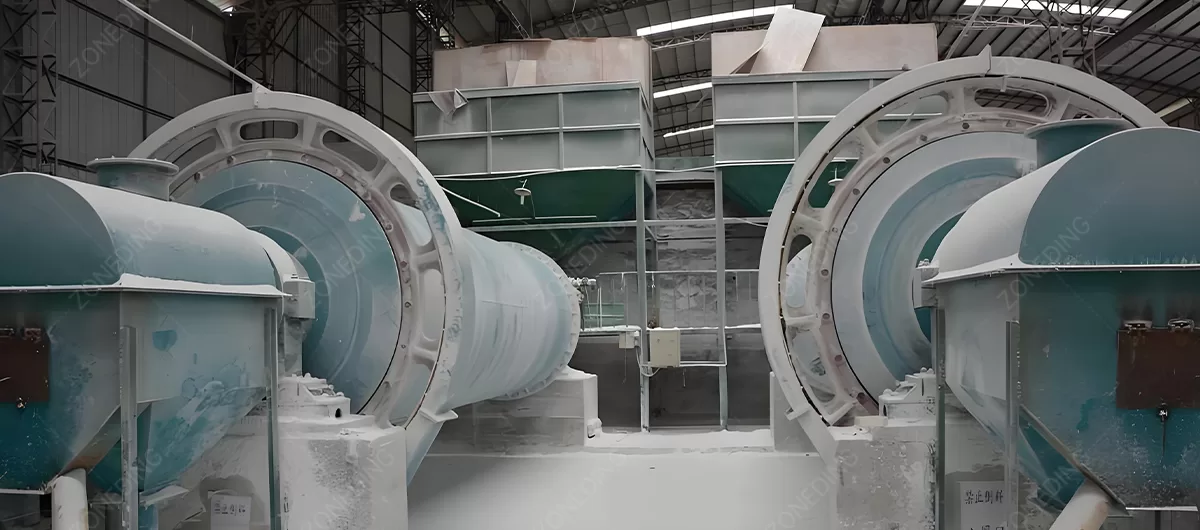
Limestone grinding creates a lot of dust. Dust is a big challenge. It is bad for workers’ health. It is bad for the environment. It can also cause problems in the production process. Fine dust can build up. It can clog pipes and equipment. You must control dust to meet environmental rules. You also need to control it for a safe and efficient plant.
Moisture in the limestone is another problem. Limestone dug from the ground often contains water. If you try to grind wet limestone, it becomes sticky. The powder can clump together. It can stick to the inside of the grinding mill (Ball Mill). It can clog the classifier (High-Efficiency-Concentrator) and conveyors. This reduces grinding efficiency. It lowers production rate. It also makes it hard to get consistent fine powder. For many applications, the final limestone powder must be very dry. To handle moisture, you might need to dry the limestone before grinding. Or you can use a grinding mill that can dry material as it grinds, like a VRM operating with hot air. For dust control, bag filter dust collectors are common. They suck up dusty air from the machines. They trap the fine dust particles in fabric bags. Clean air goes out. The collected dust can often be added to the final product.
Not all limestone is exactly the same. Limestone from one quarry might be harder than from another. It might have different amounts of clay or other minerals mixed in. The moisture content can also be different. Your limestone grinding production line needs to be able to handle these changes. If it can adapt, it will stay efficient even when the raw material changes slightly.
A well-designed plant has flexibility. Some grinding mills (Ball Mill, VRM) can be adjusted. You might change the pressure on the rollers in a VRM. Or you might adjust the amount of grinding media in a ball mill. You can also adjust the classifier settings. This helps control the final powder size even if the feed changes. The speed of feeders (Vibration Feeder) can be adjusted. This controls how much rock goes into the mill. It helps avoid overloading if the rock is harder. Having good control systems allows operators to see how the plant is running. They can make small adjustments based on the limestone coming in. Regular testing of your raw limestone is helpful. You can understand its properties and how they might change. This helps you plan ahead. A flexible plant design means you can keep producing consistent, high-quality limestone powder. You can do this even when the raw material varies somewhat.
Selecting the right company to supply your limestone grinding production line is crucial. This is a long-term partnership. You need a supplier who understands your specific needs. They must know about limestone and its different uses. They must know how to build a plant that gives you the exact powder fineness you need.
Look for a company with proven experience in limestone grinding. Ask about the plants they have built. Especially ask about plants making powder for applications similar to yours (cement, FGD, filler, etc.). A good supplier will not just sell you machines. They will act as a partner. They should ask about your raw limestone. They should offer to test your stone in their lab. This testing helps them design the best solution for you. They should help you define the exact fineness and capacity you need. They should offer a complete solution. This includes designing the plant layout, making the machines (Jaw Crusher, Ball Mill, VRM, classifier), helping with installation, training your team, and providing ongoing support and spare parts. They should understand the challenges of dust and moisture and have solutions. A supplier who can provide a custom-designed plant, not just standard machines, is often best. This is because your specific limestone and required product are unique. A supplier with a strong engineering team can design a plant optimized for your exact situation. This helps you achieve high production efficiency and product quality.
Q 1: How do I know what fineness of limestone powder I need?
A: Your required fineness depends on what you use the powder for. Cement, FGD, and fillers all need different sizes. Check your customer’s requirements or industry standards.
Q 2: Can a limestone grinding plant handle rock with water in it?
A: Yes, but moisture is a problem. Wet rock can clog machines. You might need to dry the rock first. Some mills, like VRMs, can dry the rock while grinding.
Q 3: Is a Ball Mill or a VRM better for limestone?
A: It depends on your needs. Ball Mills are versatile. VRMs are often more energy-efficient and can dry. VRMs are better for finer powders and higher capacity.